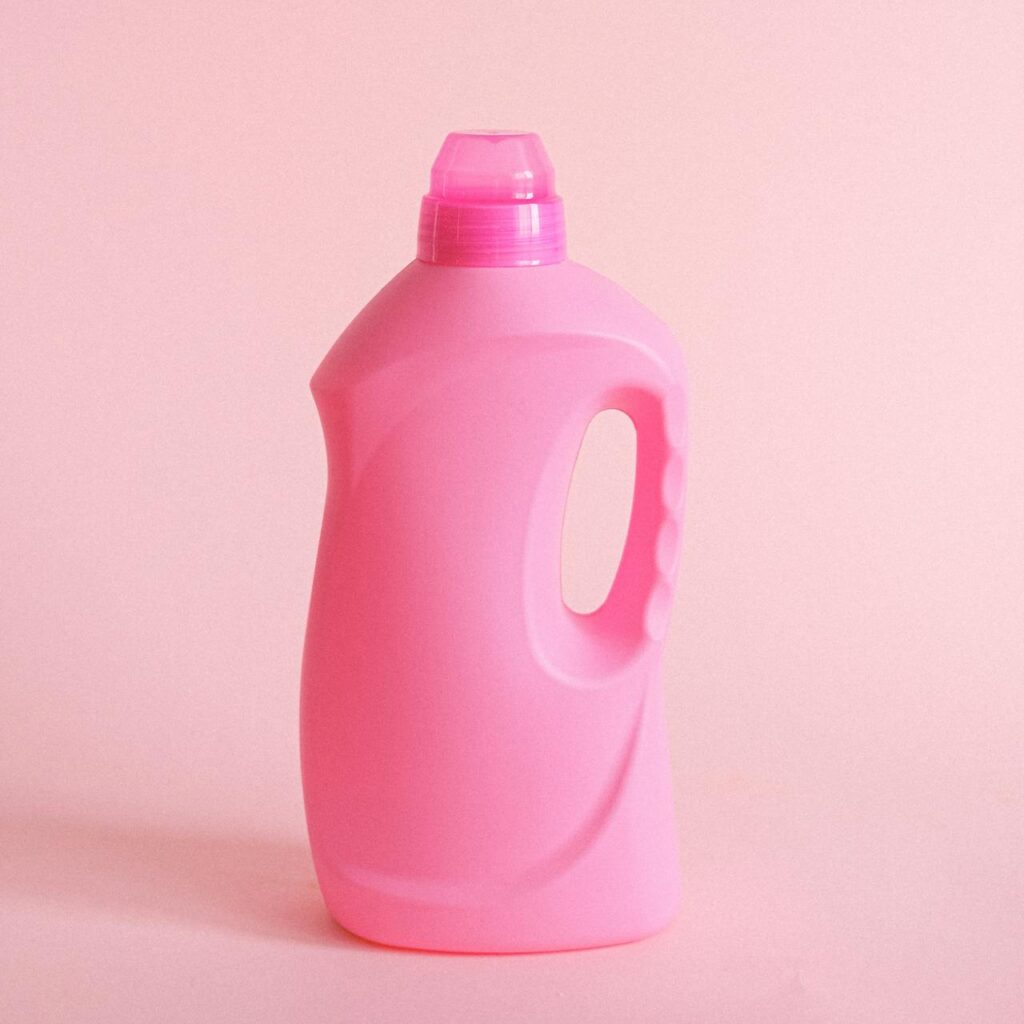
Introduction
The conventional laundry detergent value chain, encompassing raw material extraction, production, distribution, use, and disposal, has come under significant scrutiny in recent years. Despite these detergents effectively meeting consumer needs in terms of performance, their reliance on petroleum-derived, non-biodegradable raw materials poses substantial environmental challenges. The production process, particularly for powdered detergents, is energy-intensive, often relying on fossil fuels. This has led to a growing movement toward sustainability in laundry detergent manufacturing. Embracing eco-friendly laundry detergents formulated from biobased ingredients—derived from plant and animal matter—presents a promising solution. These biobased formulations primarily include surfactants, enzymes, and solvents sourced from renewable resources.
Challenges in Embracing Sustainability
- Performance: Biobased formulations often struggle to match the cleaning efficacy of conventional detergents.
- Cost: Biobased ingredients are generally more expensive, raising the overall product cost.
- Knowledge and Research: Limited expertise in biobased formulations necessitates intensive research and development.
- Availability: Some biobased ingredients are not readily available, affecting production consistency and convenience.
Probable Solutions to the Challenges
To address these challenges, a hybrid approach that combines biobased and conventional ingredients is recommended. This strategy aims to balance sustainability and performance by carefully selecting ingredients from various classes.
Key Ingredients for Sustainable Laundry Detergents
- Surfactants
- Anionic Surfactants: These surfactants reduce the surface tension of water, aiding in soil removal. Recommended concentrations range from 1% to 20%. Examples include sodium alkyl ether sulphate and ammonium alkyl ether sulphate, which should be derived from non-petroleum sources.
- Nonionic Surfactants: Effective in removing oily soils, with recommended concentrations also ranging from 1% to 20%. Examples include fatty alcohol ethoxylates and alkyl polyglycosides.
- Builders
- Builders enhance the cleaning efficiency of detergents by softening water and maintaining an alkaline environment. Preferred builders include sodium hydroxide, magnesium hydroxide, sodium carbonate, sodium bicarbonate, sodium sesquicarbonate, sodium borate (borax), citric acid, and monosodium citrate. Recommended concentrations range from 0.1% to 5% by weight. Environmentally harmful compounds like sodium tripolyphosphate should be avoided.
- Enzymes
- Enzymes break down various types of stains and can be included in detergent formulations at concentrations of 0.001% to 5%. Suitable enzymes include cellulases, proteases, amylases, and lipases, derived from bacteria, fungi, or yeast.
- Essential Oils
- Essential oils provide fragrance and aid in cleaning. These natural oils, extracted from plants, can be used in concentrations of 0.01% to 5%. Examples include D,L-limonene, an eco-friendly substitute for natural orange oil.
- Electrolytes
- Electrolytes adjust the viscosity and other physical properties of detergents. Preferred electrolytes include sodium chloride, sodium sulphate, calcium chloride, and borax. These can also act as alkalinity builders or enzyme stabilisers and are used in concentrations of 0.1% to 4%.
- Polymers
- Polymers such as sodium polyacrylate and carboxymethylcellulose (CMC) prevent soil redeposition and improve water conditioning. These ingredients are crucial for maintaining the quality of laundry after washing.
- Additives
- Additives enhance the aesthetic and functional properties of detergents. Non-chlorine bleaching agents like hydrogen peroxide, sodium percarbonate, and sodium perborate are eco-friendly options. Additional additives include chelating agents like sodium gluconate, citric acid, dye transfer inhibitors like CMC and cyclodextrins, thickeners like guar gum and xanthan gum, and natural silica-based or bio-based polysiloxane antifoaming agents.
Innovations in Manufacturing Processes
The manufacturing processes for sustainable laundry detergents aim to minimise waste, reduce energy usage, and lower greenhouse gas emissions. Companies are encouraged to invest in green chemistry techniques, which entail designing chemical products and processes to reduce or eliminate the use and generation of hazardous substances. For instance, we suggest opting for liquid laundry detergent formulations over powder formulations. Liquid detergents require cold-process manufacturing, eliminating the need for high-energy drying operations and thus saving energy.
Conclusion
Embracing sustainability in laundry detergent manufacturing is essential for reducing the environmental impact of laundry care. By adopting a hybrid formulation strategy that integrates biobased and conventional ingredients, manufacturers can create effective, eco-friendly laundry detergents. This approach addresses the performance, cost, knowledge, and availability challenges, meeting the growing consumer demand for sustainable products and contributing to a greener future. Through thoughtful ingredient selection and innovative formulations, the laundry detergent industry can lead the way in embracing sustainability.
By reducing greenhouse gas emissions, minimising waste generation, and promoting energy efficiency, the industry can lead by example and inspire others to follow suit. Sustainability in detergent manufacturing is not just a trend—it’s a crucial step towards a cleaner and more responsible future for generations to come.

Tinashe Makaha
E2E Partners

